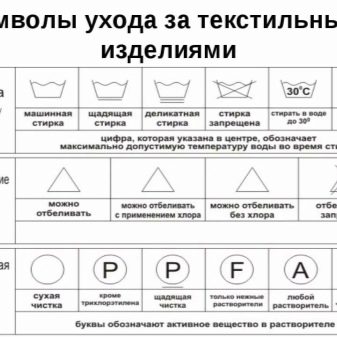Dry cleaning at home
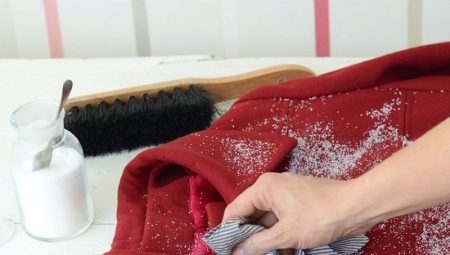
High-quality dry cleaning can be done at home. There are many simple and effective ways. In this article, we will learn all about dry cleaning at home.

What is it suitable for?
Dry cleaning cannot be applied to all things. This procedure is subdivided into several varieties. Dry cleaning refers to the cleaning of the surface layer of the fabric. It is about removing wool, debris and other inclusions. For high-quality dry cleaning, various specialized formulations are used that can be applied to specific materials.


To understand whether clothes can be dry-cleaned, you should pay attention to the icons that are present on the tag.
- An empty circle. Indicates that dry cleaning of textiles is permissible, but without the use of additional mixtures and compositions.
- Crossed-out circle. Says that dry cleaning cannot be carried out.
- A circle and the letter A inside it. This icon means that the fabric will withstand the effects of any chemical cleaning agent without problems.
- A circle with an F inside. It is allowed to use in cleaning products with freons in the composition, as well as white spirit.
- F, crossed out at the bottom. Care must be taken to clean only gently.
- A with F, underlined twice from below. Delicate processing of the material is allowed.
- Circle with letter P. Dry cleaning can be carried out using products containing perchlorethylene. If there is an underline 1 or 2 times, then this indicates the permissibility of a gentle and delicate wash.
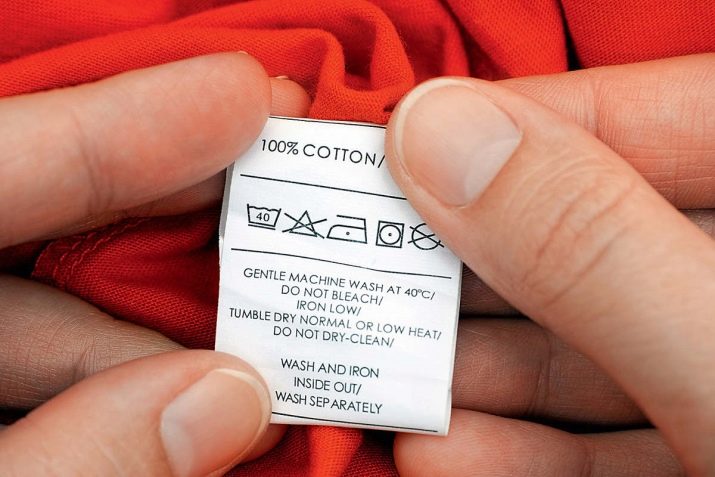
Dry cleaning can be carried out not only for the processing of various items of clothing or a wedding dress, but also for other products. We can talk about productive cleaning of carpet, upholstered furniture, substrates such as carpet, and other similar things. With the perfect method, the mattress can be finished very well.
Views
There are several types of dry cleaning.
- Dry cleaning with perchlorethylene. The most popular and widespread method that many people turn to. Shows high efficiency in the presence of greasy or fat-soluble contaminants. The main advantage is that the texture of the products does not change after the procedure.
- Dry hydrocarbon cleaning. It is considered the most gentle, belongs to the category of delicate cleaning. Implies a closed loop process. After such processing, things do not lose their previous brightness of colors, plastic decor does not suffer, the structure of materials remains the same.
- Aqua cleaning. In accordance with the specified technology, a minimum mechanical effect is exerted on things. This type of cleaning is environmentally friendly, suitable for almost any item.
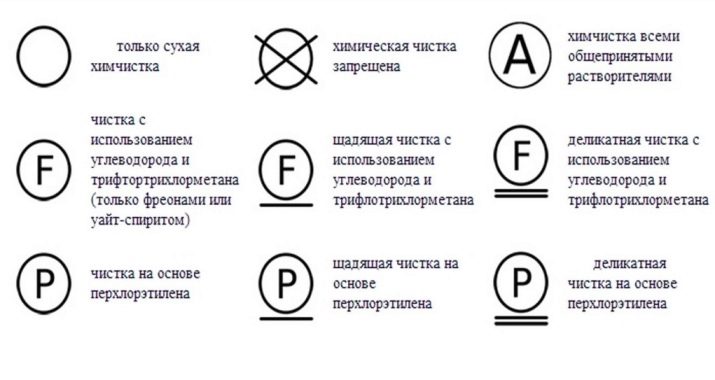
How to do it with purchased funds?
High-quality and effective products designed for effective dry cleaning are available in a rich assortment. Let's figure out how you can clean this or that object using purchased compositions.
- K2r. This substance is available in the form of a convenient spray. Designed for processing items that have a tag with the signs A and P. Able to remove paint, varnish and other stubborn stains, but not suitable for greasy marks on clothes.
- Woolite gel. The composition must be added during washing of things after using aggressive products. It contains keratin, which smooths the pellets, softens the pile.
- "Just a minute." Inexpensive and popular. Our grandmothers also used it. The purchased product "Minutka" copes well even with very difficult stains.
- Spotremover. Available in powder form, it can easily remove greasy stains of various origins. Ideal for cleaning clothes, furniture and all sorts of household items (curtains, curtains).
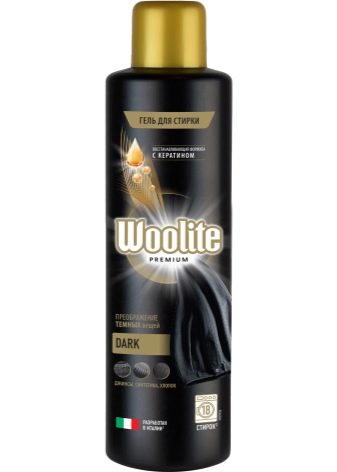

How to use folk recipes?
Dry cleaning can be done using a variety of folk remedies. The use of such components brings the same good results as in the case of purchased formulations. With many of them, there is no need to use additional tools or attachments. We find out several popular folk recipes that many people turn to.
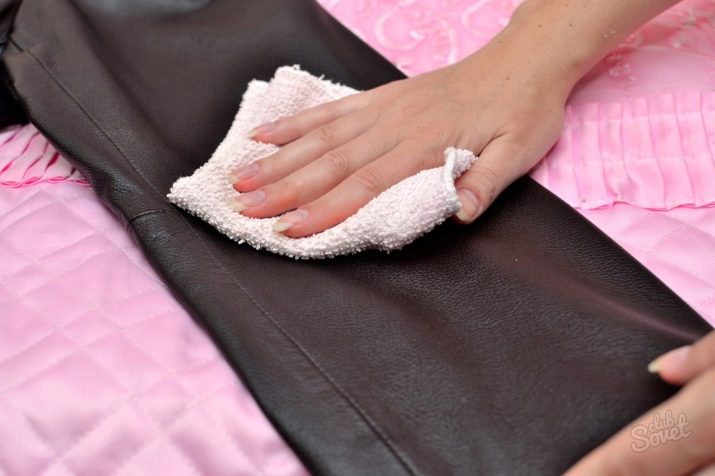
Starch
This simple and inexpensive substance is often used to effectively remove stains of various origins. It can be grease, traces of cosmetics with an oil base.
The component must be sprinkled with fresh dirt. The starch will absorb oils and coloring pigments. Gradually it will be necessary to add more powder. When it stops absorbing, it should be brushed off.
Starch won't get rid of stains 100%, but it will be very useful if other options are not possible.
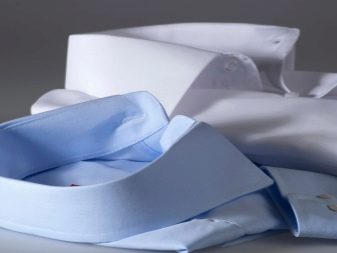
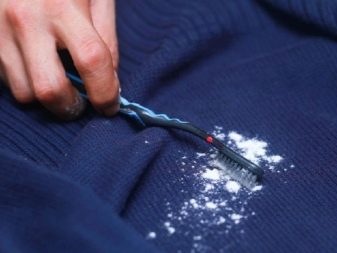
Brush
This device is versatile. With its help it is possible very quickly and easily to remove the debris adhering to the material. In this way, stains can be removed from some types of fabrics. These are, for example, jeans that are splattered with dirt. Of course, they can be washed, but the brush will show faster action.
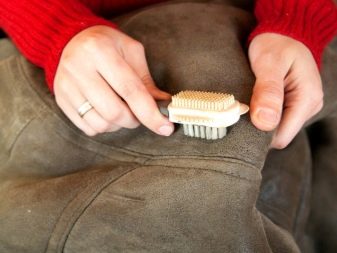
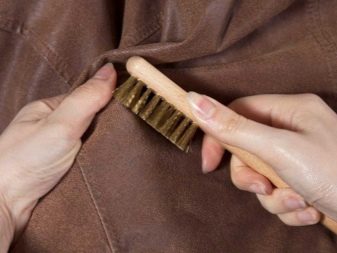
Even delicate fabrics can be cleaned with a brush, but only small ones, such as toothbrushes, should be used for this. They should not press too hard on things, so as not to damage the structure of matter.
Scotch
May help remove difficult-to-clean debris. This could be pet hair that has adhered to it. Clothes should be carefully laid out on a flat surface, such as a table or floor. Sticky tape should be applied along the entire length of the product. It is permissible to stick one piece of adhesive tape 3-4 times, based on the degree of pollution of the thing.
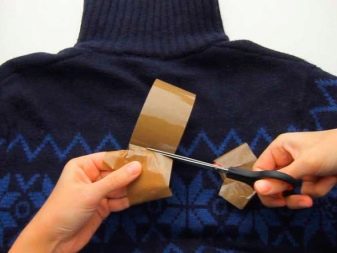
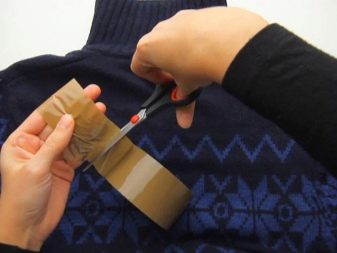
Today, many stores sell special clothes rollers that work in a similar way. With them, the process under consideration goes much faster.
Sawdust
Do-it-yourself cleaning can also be done with sawdust. Most often, these components are used for processing fur products. The procedure is similar to using starch. A fur coat or sheepskin coat is sprinkled with sawdust, and then rubbed with villi, scrupulously combed. The advantage of this method lies in the fact that the components under consideration do not strongly adhere to the fur, which cannot be said about starch.
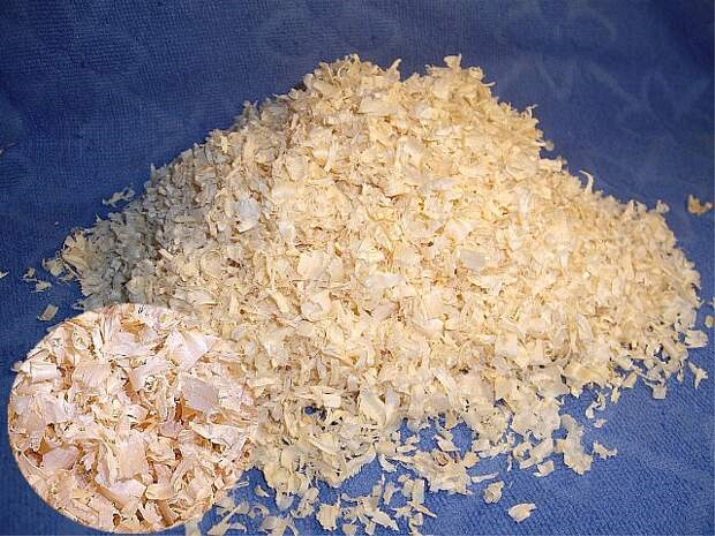
Iron
It will allow you to get rid of stains that can be "melted". Napkins are placed on the dirt from 2 sides, and then ironed with an iron. The stain will begin to melt, gradually coming out of the fibers of the fabric onto the napkins, so they should be replaced from time to time.
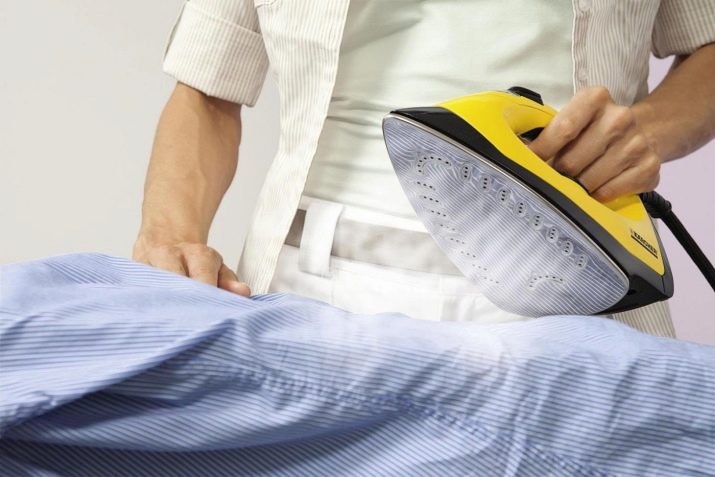
As a rule, this folk method is used when it comes to oil stains. If the pollution is water-based, then the iron can be dried.
It is recommended to check the information on the label before using this cleaning method. Here it should be indicated whether it is allowed to iron the fabric, at what temperature it can be done.
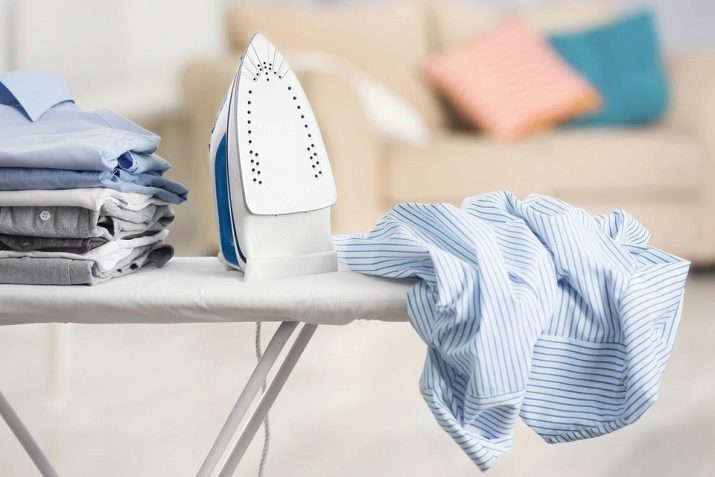
Baking soda
With this simple tool, you can dry clean your carpet or sofa yourself. The powder must be sprinkled on the surface of the product, then grind and vacuum cleaned. After this stage, you can take vinegar and spray it over the remaining soda, rub it all with a brush and vacuum it again.
If cleaning of upholstered furniture is planned, then you can additionally add a little washing powder. Thus, the cleaning will be deeper.
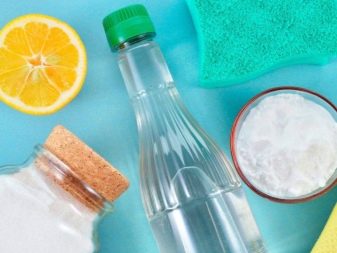
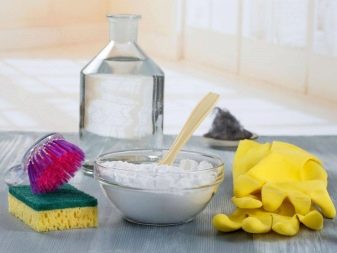
Sand
Very often this component is used for thorough cleaning of fur products. Before use, the sand must be thoroughly sieved in order to exclude large particles and various debris. Next, it will need to be heated. This can be done in a dry frying pan or on a baking sheet in the oven. The heated material is scattered over the stain on natural fur, lightly rubbed with a pile, and then carefully combed out.
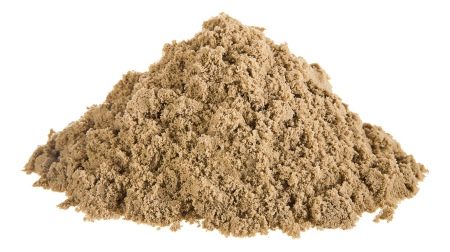
It is strongly discouraged to use this method on woolen products. The sand will be very difficult to remove from the fabric structure. But you can clean the carpet or sofa with the component in question. After applying the sand, the sofa is first cleaned with a brush, and then a vacuum cleaner is used. The same should be done with respect to the carpet.

Turpentine
This versatile solvent has properties similar to those of gasoline, but it is also more dangerous. With turpentine, tough stains such as paint or varnish can be easily removed. It is necessary to pay attention to the fact that the solution must be cleaned, otherwise other stains will remain on things from it, which will be extremely difficult to remove.
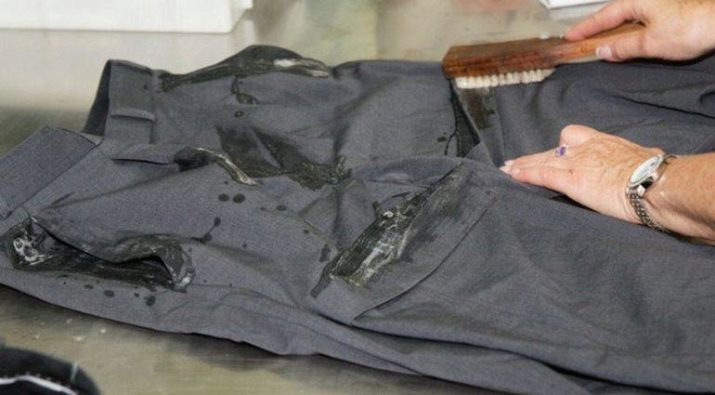
Ammonia
A type of solvent with which it is possible to remove highly complex contaminants. Ammonia can be used by first diluting with water to obtain a 10% solution, or it can be combined with soda. It should be borne in mind that ammonia is capable of showing unexpected reactions on some types of tissues, therefore, it is advisable to test it on a small area of the material before using it.

Hydrogen peroxide
It is used not only to remove various stains, but also to whiten various things. This suggests that you cannot clean colored items with peroxide. With the help of the composition in question, it will be possible to remove yellow spots on old white clothes. To this end, you should take a cotton pad, moisten it in peroxide, and then apply to the stain.
If the whole thing needs to be whitened, then it is soaked in water combined with hydrogen peroxide.


Subtleties of the process
We will learn about the main intricacies of the process of dry cleaning of things at home.
- For this cleaning, you should use a washing machine with an air-drying function, a special cover for clothes, wet wipes and a stain remover.
- Before starting processing, it is necessary to separate colored things from whites, and silk from knitwear and wool.
- If there are too many stains on the product, then before the procedure it must be cleaned using a stain remover. Test on a small piece of cloth to avoid ruining your clothes.
- Using a cotton pad, apply the product to the material and wait 10-15 minutes, then wipe it off with a napkin. If there are no traces left at the application site, then the solution can be used.

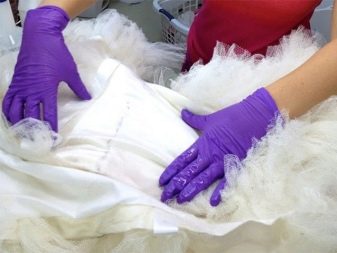
Consider additional rules for dry cleaning clothes to avoid serious mistakes.
- The sorted items should be put in a special washing bag, but the entire space does not need to be filled. Leave some space for air to enter the fabric structure.
- The presence of wet wipes near the clothes will protect them from excessive drying out and the appearance of creases.
- The drying mode in the machine should be turned on for 30 minutes. The air temperature during such processing should be the lowest.
- At the end of the dry wash, the clothes must be hung on a hanger so that they do not wrinkle and the fabric regains its previous appearance.

